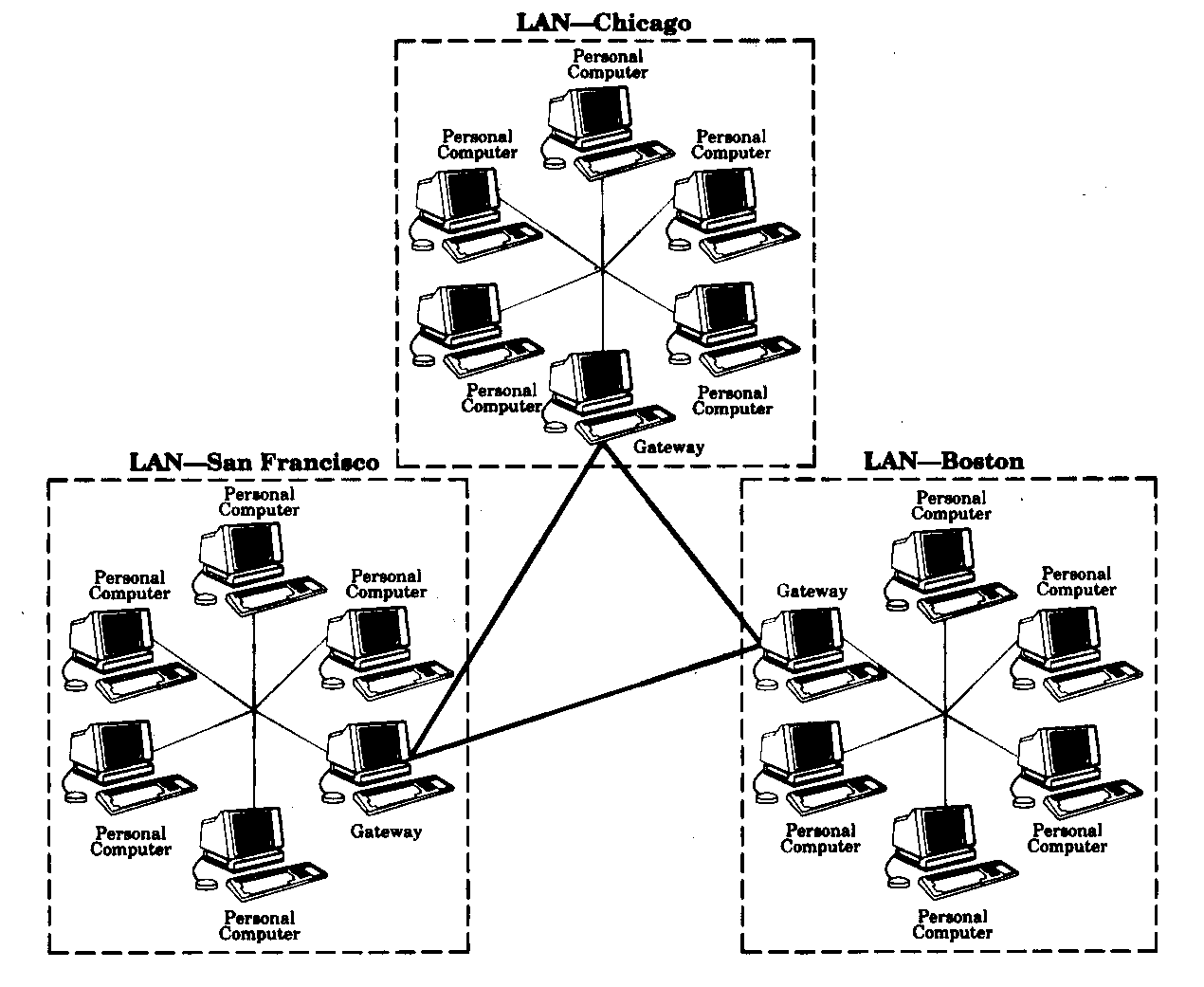 |
Welcome to Smart
Shopper Central and Mike Scott's Consumer Computer Report.
Consumer Expert Mike Scott uses the ability of the Consumer Computer to keep track of 28,000 food and non-food items to enable the creation of electronic and radio distributed Report content. REPORTS ARE POSTED DAILY |
|
Company
Profile
A.D.V.I.C.E. is a Public Non Profit Technical Assistance Entity the acts as a "linkage" between Public and Private Sector organizations in the development of projects for the Public good. Funded by the US Government, A.D.V.I.C.E. created the Consumer Computer Price watch System as part of the Smart Shopper and Better Buyer Programs administered by the Community Services Administration. The Consumer Computer was identified as one of five projects of national importance by CSA and was the subject of House of Representatives Bill 5902 to provide Consumer Computer access and distribution in 70 major U.S. cities. The original configuration, developed in cooperation with Computer Sciences Corporation, the Government's prime computer provider, made it possible to input information collected in individual cities and process it centrally. The state of computer development at that time required a building full of computers to handle the processing. Working with today's computer capability, the Consumer Computer system has been redesigned to allow for processing in individual cities while allowing for sharing of data to identify trends. This enables a low-cost individual city capability while linking the massive processing power of the system to enable off-line storage of item and price information. This off-line capability makes it possible to utilize volunteers and those without specific training or skills to identify local promotional prices and secure data on chain-wide promotions, while making it possible to avoid contamination of the data base since the local inputs are not mixed with the general data until verification of the pricing is made by more capable data analysis personnel. Typically, five prime data reporting cities are linked into a statewide local area network (LAN) and other state LAN's, while operating freely, may also compare information to identify chain-wide trends.
The basic data base contains file headings for approximately 28,600 non food item categories with additional data headings for a wide range of typical fresh, frozen, packaged, and bulk items carried in grocery outlets. From the collected data in an individual city location, the standard data base for that city is matched against the input items in a temporary data base. That data base is compared to data for specific stores, specific items, and specific price levels for items. Reports containing specific information about a store's items at that time, about that item's availability in a range of stores in that sity, and the current price level of that item compared to previous time periods are then made available. Access to that availability can be through subscription to receive a daily report by e-mail, by access to an Internet web site, or delivery to print, radio, TV, and cable media. The report data is also captured for use in preparing scripts for aired reports which are supplied as a feature to participating media. Additional distribution methods used in the past include public library availability at computer terminals, interactive availability to cable subscribers, availability at information kiosk locations, and printout delivery at food stamp and congregate feeding locations. Radio feature distribution in various formats ranging from 2.5 minutes to half-hour call-in, and TV feature distribution included in nightly news programming, in addition to columns distributed trough newspapers have also been utilized to harness the distributive media's audience. Both as a means of collecting data and as a promotional activity for participating media, the Consumer Computer Car has been used to visit high-traffic locations. A computer housed in the vehicle allows for presentation of data on TV screens fed by the computer and for operating a printer unit which enables the hand-out of data reports related to that specific location. When utilized in a mall location, this activity is typically linked to placement of notices upon items selected denoting their "better-than-normal" price level. |
